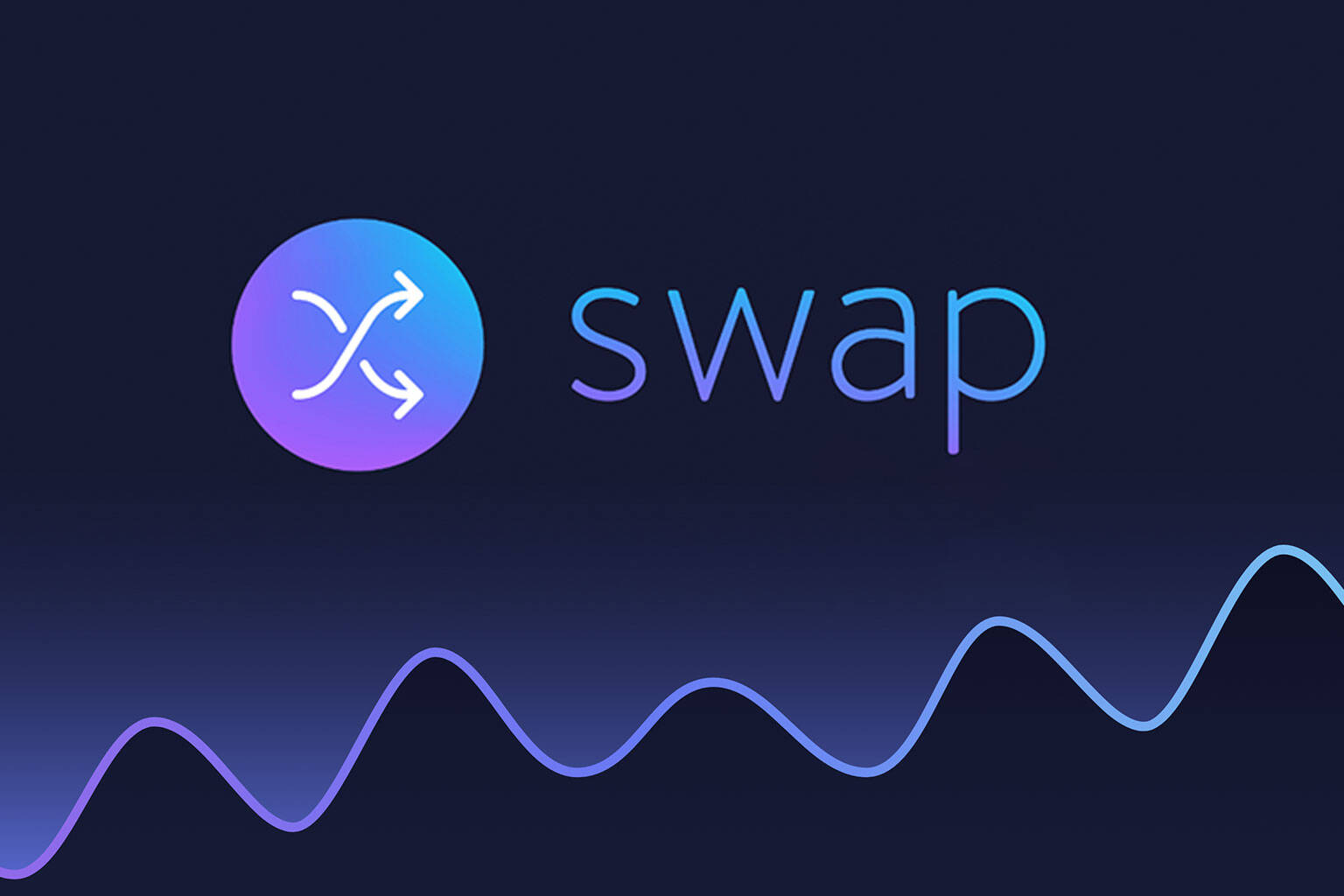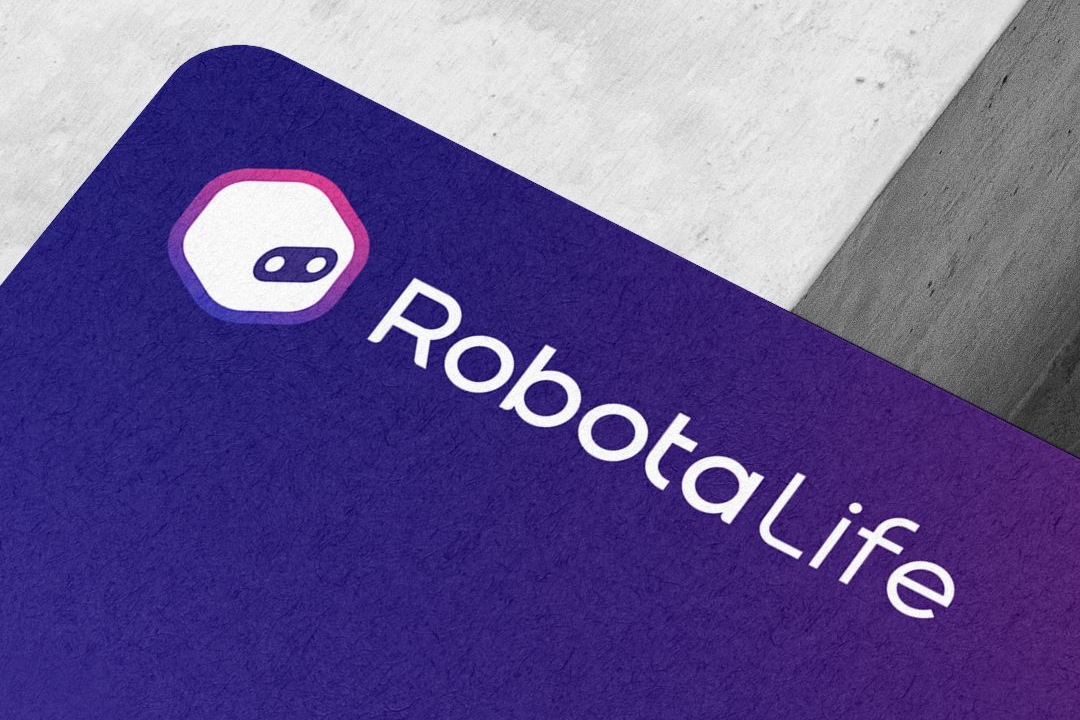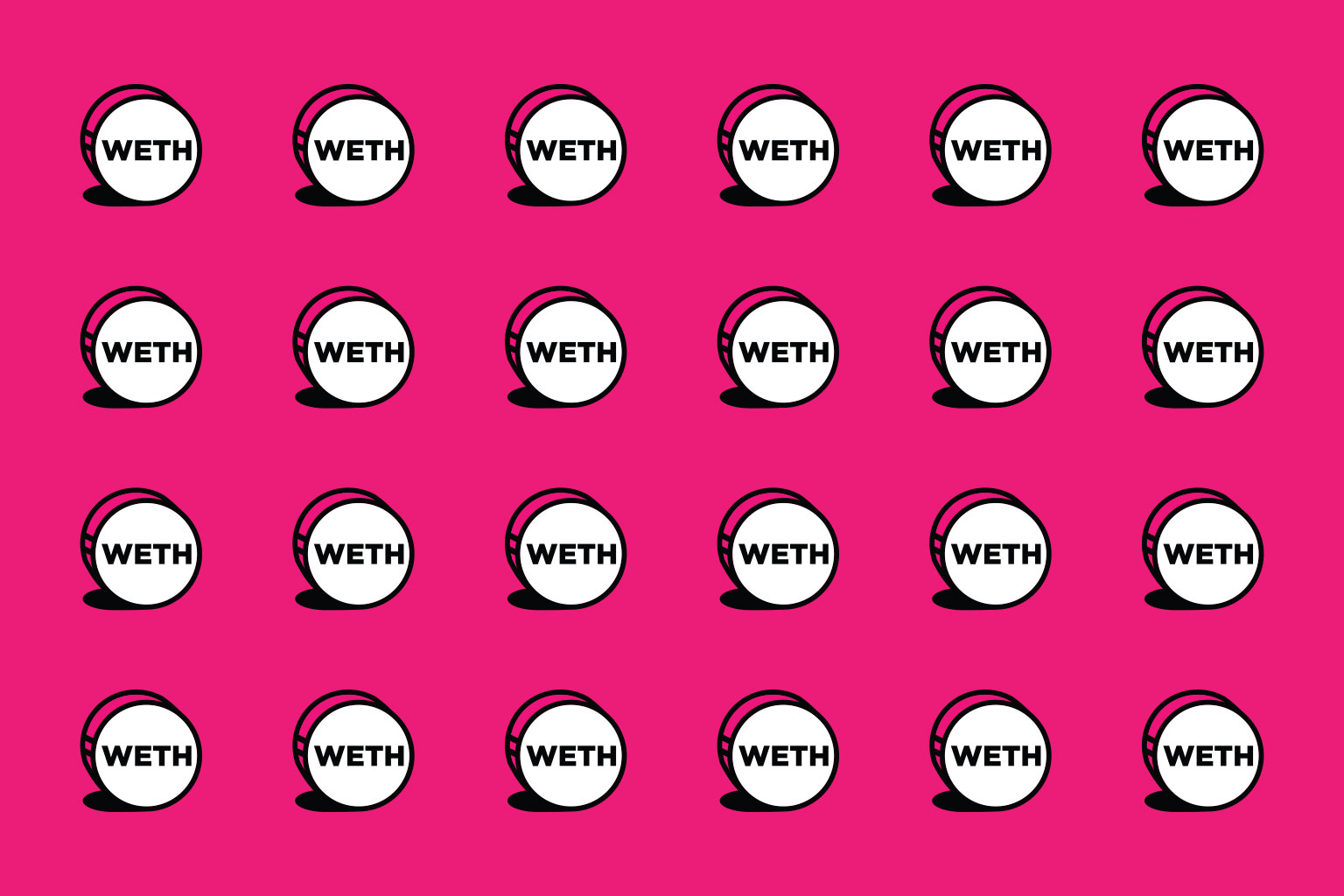A blockchain is a distributed database that maintains a continuously growing list of records called blocks. Each block contains a timestamp and a link to the previous block, forming a chain. The blockchain is maintained by a decentralized computer network that validates and adds new transactions (blocks) to the chain.
One of the critical features of a blockchain is that it is immutable, meaning that once a block is added to the chain, it cannot be altered or deleted. This is achieved through cryptographic techniques, which ensure the integrity and security of the data stored on the blockchain.
Blockchains are often used to create secure, decentralized systems for recording transactions, such as cryptocurrency. However, they have many other potential uses, including in supply chain management, voting systems, and even the management of personal data.
Blockchain technology is essential because it allows for the quick and accurate exchange of information within a business. The information stored on a blockchain is shared and transparent and can only be accessed by those who have been granted permission. This immutable ledger can track various aspects of a business, including orders, payments, accounts, and production. The shared view of information within a blockchain network allows all members to see the full details of a transaction from start to finish, increasing confidence and efficiency and providing new growth opportunities.
Critical elements of a blockchain
Several vital elements make up a blockchain:
Blocks: A block is a unit of data added to the blockchain. It typically contains a timestamp, a list of transactions, and a cryptographic hash of the previous block.
Transactions: A transaction is a record of value exchange between two or more parties. In the case of a cryptocurrency blockchain, transactions involve the transfer of cryptocurrency from one address to another.
Cryptographic hashing: Cryptographic hashing is a process that converts an input (or “message”) into a fixed-size string of characters (the “hash”). The hash is unique to the information, and any change to the input will result in a different hash. This is used to secure the data within a block and ensure the blockchain’s integrity.
Nodes: A node is a computer or device connected to the blockchain network. Nodes validate and transmit transactions and blocks across the network.
Consensus mechanism: A consensus mechanism ensures that all nodes on the network agree on the state of the blockchain. This is important to maintain the integrity and security of the blockchain. Different consensus mechanisms can be used, including proof of work and stake.
Smart contracts: A smart contract is self-executing, with the terms of the agreement between buyer and seller directly written into lines of code. The code and the deals contained therein are then stored and replicated on the blockchain.
How does blockchain work?
At a high level, the process of how a blockchain works can be described as follows:
1- A transaction is initiated, such as transferring cryptocurrency from one address to another.
2- The transaction is broadcast to the network and verified by nodes using a consensus mechanism.
3- Once the transaction has been verified, it is added to a block, along with other verified transactions.
4- The block is then cryptographically hashed, and the hash is added to the previous block, forming a chain of blocks.
5- The new block is then broadcast to the network, and the nodes add it to their copy of the blockchain.
This process ensures that the blockchain is secure, transparent, and decentralized, as no central authority controls the network. Instead, the network is maintained by a decentralized network of computers, each of which has a copy of the blockchain. Any changes to the blockchain must be verified and agreed upon by the majority of the nodes on the network, making it very difficult to alter or tamper with the data on the blockchain.
What are the Benefits of blockchain?
Decentralization: One of the key benefits of blockchain is that it is decentralized, meaning that a single authority or organization does not control it. This makes it more resistant to tampering and censorship and gives users greater control over their data.
Immutability: Because of the way that blocks are added to a blockchain, it is virtually impossible to alter or delete data once it has been added. This makes it a very secure way to store and transmit information.
Transparency: Blockchain technology allows for the creation of transparent systems, as all transactions and data are stored on a public ledger that anyone can view. This can increase trust and accountability.
Security: Blockchain technology uses cryptographic techniques to secure data, making it very difficult for hackers to access.
Efficiency: By using blockchain technology, businesses can streamline processes and reduce the need for intermediaries, leading to increased efficiency and cost savings.
Smart contracts: Blockchain technology enables the creation of smart contracts, which are self-executing contracts with the terms of the agreement between buyer and seller being directly written into lines of code. This can automate many business processes and reduce the risk of errors or fraud.
Why do I need to know about Blockchain?
There are several reasons why it may be beneficial for you to learn about blockchain technology:
Career opportunities: As blockchain technology becomes more widely adopted, there is an increasing demand for professionals with knowledge of blockchain development and applications. Learning about blockchain could open up new career opportunities for you.
Understanding the technology: Even if you don’t plan to work in the blockchain industry, it’s essential to understand the technology and how it works. This will allow you to make informed decisions about how you use and interact with blockchain-based systems.
Using blockchain applications: As more and more services and products are built using blockchain technology, you will likely encounter blockchain-based applications in your daily life. Understanding how these work and how to use them can be helpful.
Investing in cryptocurrency: If you are interested in investing in cryptocurrency, it’s important to have a basic understanding of how blockchain works, as this is the technology that underpins most cryptocurrencies.
Staying up-to-date: Blockchain technology is a rapidly evolving field, and staying up-to-date with developments in the industry can help you stay informed about new technologies and opportunities.
Be the first to try
Join our mailing list for early access to our service
Related Posts
February 14, 2023
Safesun coin

February 12, 2023
$loomi to USDT

February 8, 2023
XWP Price








